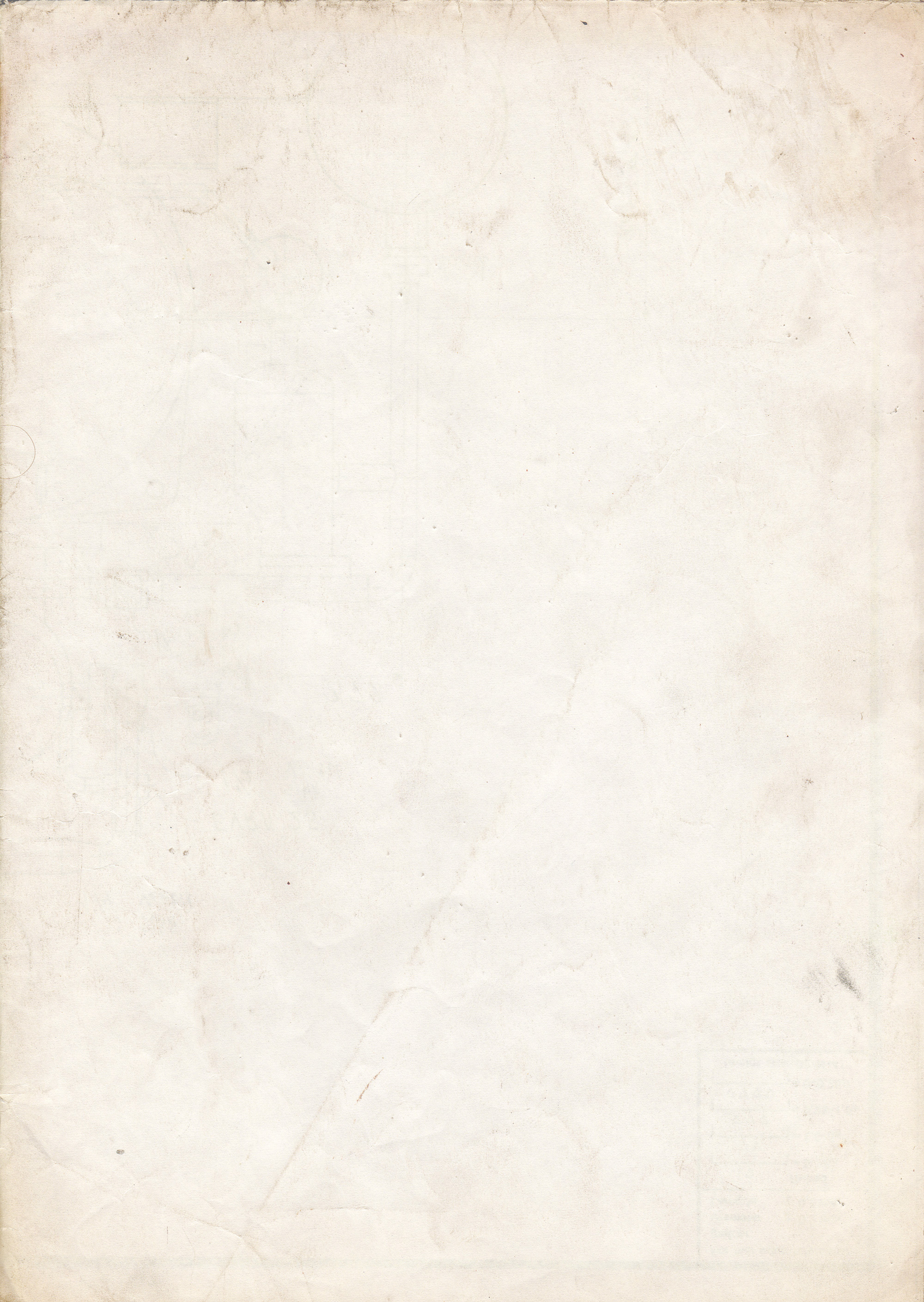Archivist note: This article is from an older recovered archive and might be obsolete or in need of updating.
Most recent revision is shown below, by Aeolus.Cleanslate.
Helio-Beryllium is an alloy of helium and beryllium, resulting in a strong, transparent metal. Its expense and difficulty of manufacture make its widespread structural use limited, but it has found applications undersea and in the air.
===Physical Properties===
Helio-Berylliuim is created when superheated helium is passed through a latticework of molten beryllium pebbles. Large compressive stresses arise, causing considerable plastic deformations of the beryllium strands extend into crystal structures. The helium simultaneously bonds with the metal and cools it very rapidly, allowing light to pass through. Early attempts resulted in a translucent, iridescent-silver panel that allowed light to pass in a way similar to alabaster. Later refinement of technique has resulted in an almost glass-like material.
Because of its fabrication process, Helio-Beryllium must be cast in a piece and cannot be worked under normal conditions. When cut or heated to a liquid, it loses its transparent properties. Helio-Beryllium corrodes under moist and acidic conditions, but is a good insulator and has extremely strong tensile strength.
===Modern Usage===
The extreme expense of manufacturing helioberyllium renders it appropriate for only the moist important specialty purposes (although hope does exist that these conditions may ease). Any purpose where transparency and durability are required – windscreens on vehicles, for example – find a use for the material. Helio-Beryllium withstands pressure quite well, and has been used in undersea construction, most successfully when sealed with a layer of durepoxy or simple glass to insulate it from the corrosive effects of seawater. Helio-Beryllium lenses for sodium and phosphorous searchlights are quite popular.
===Origins===
((From Out Around Rigel, by Robert H. Wilson, 1931))
I had seen the Comet before, but never so close. With a hull of helio-beryllium – the new light, inactive alloy of a metal and a gas – the ship was a cylinder about twenty feet long by fifteen in diameter, while a pointed nose stretched five feet farther at each end. Fixed in each point was a telescopic lens, while there were windows along the sides and at the top – all made, Garth informed us, of another form of the alloy almost as strong as the opaque variety.

